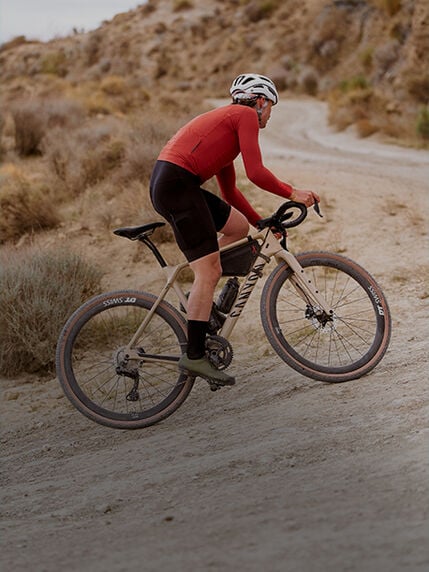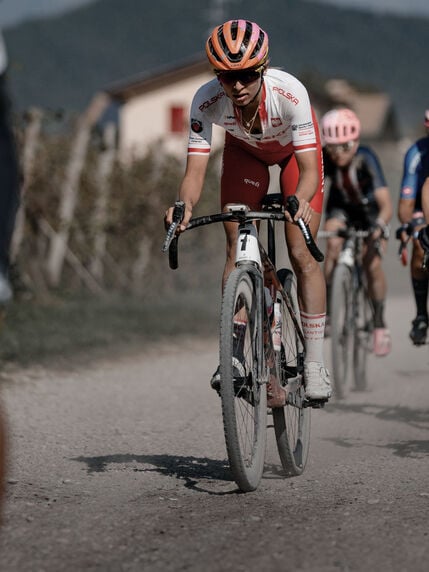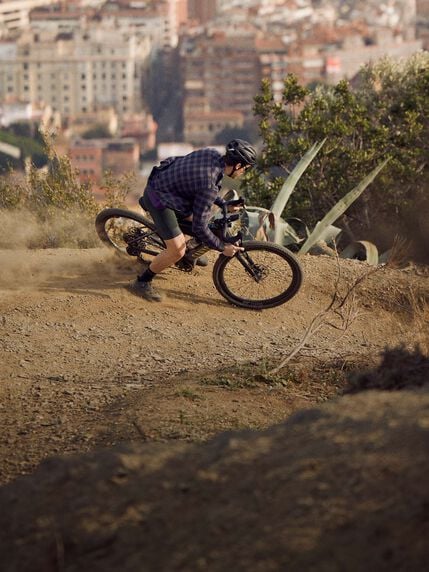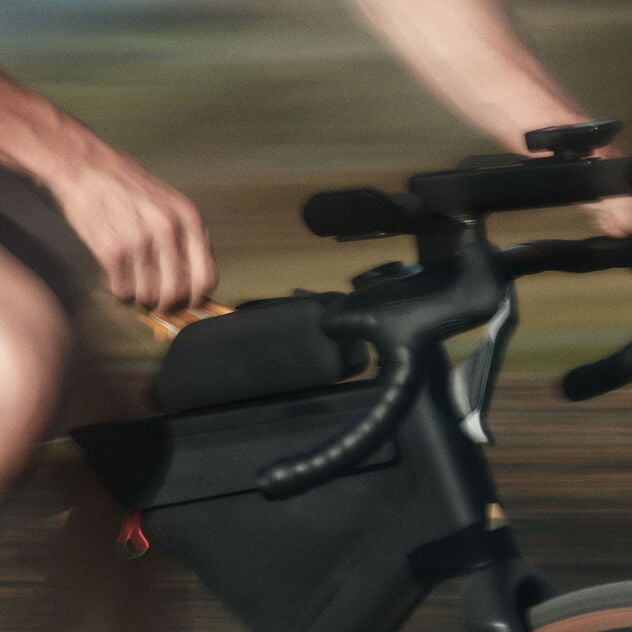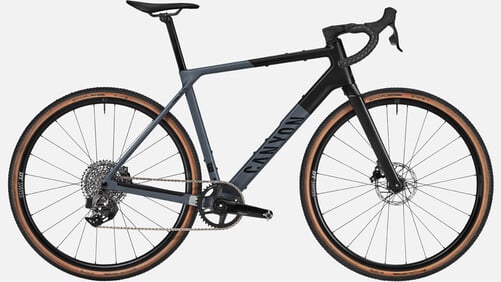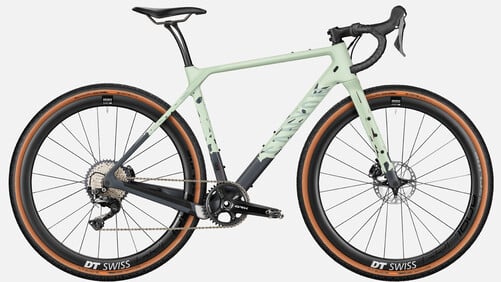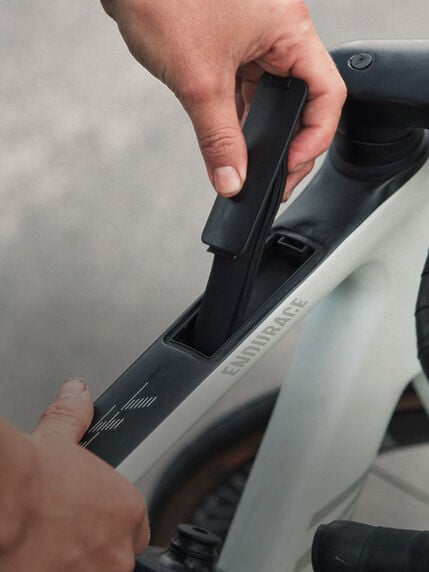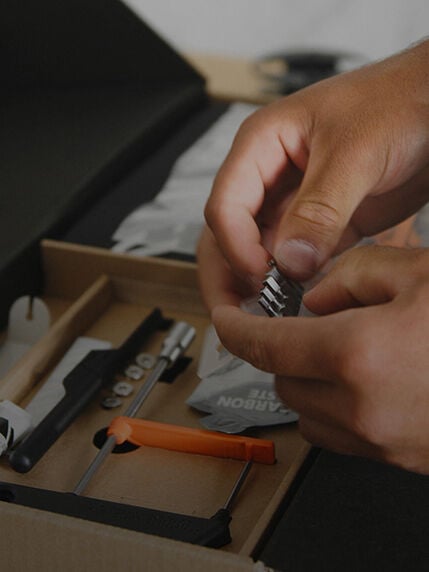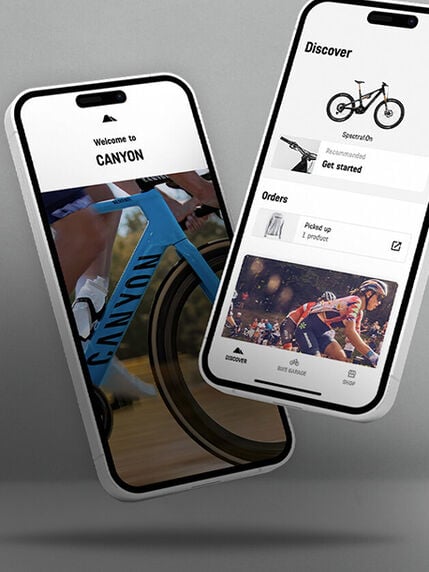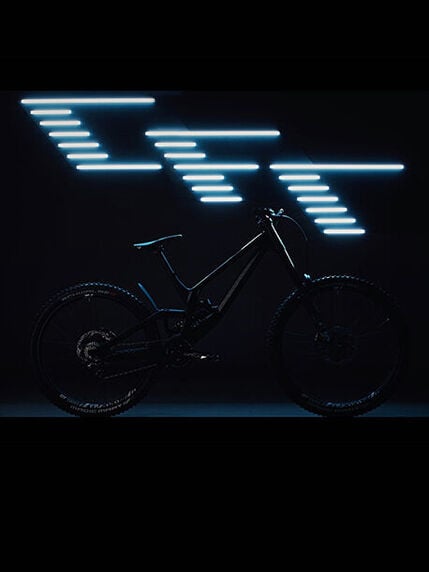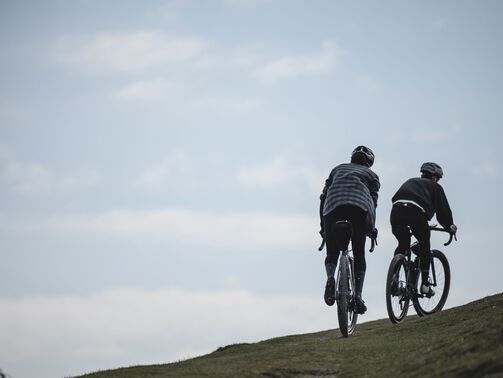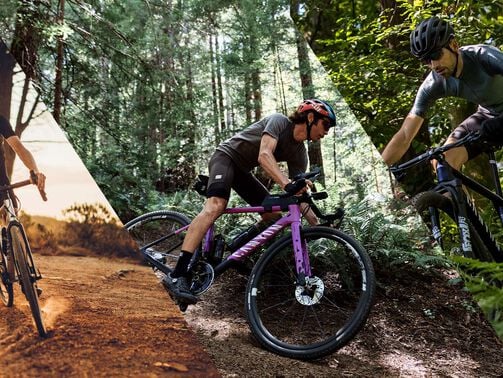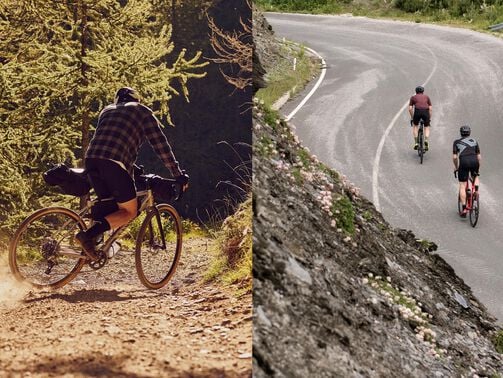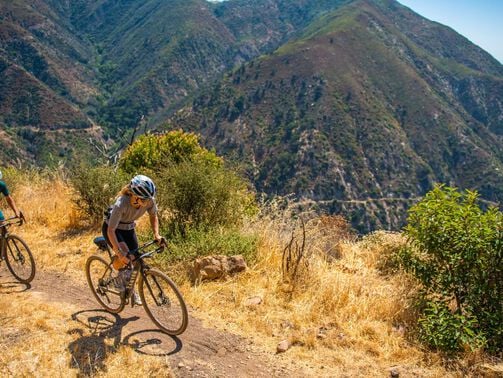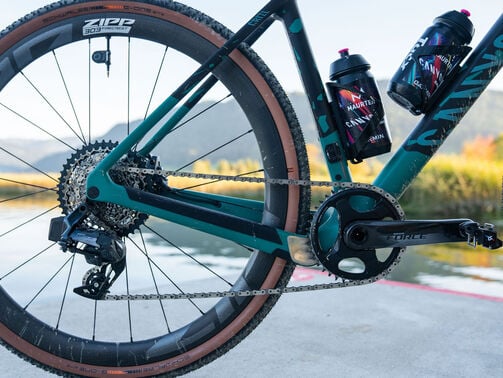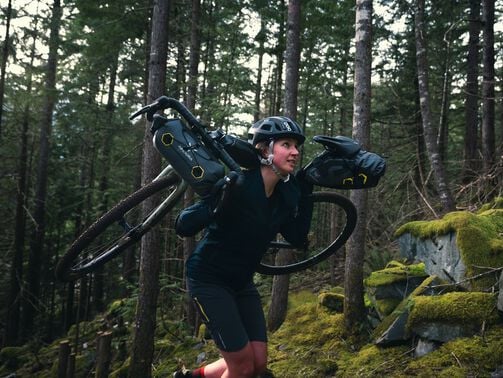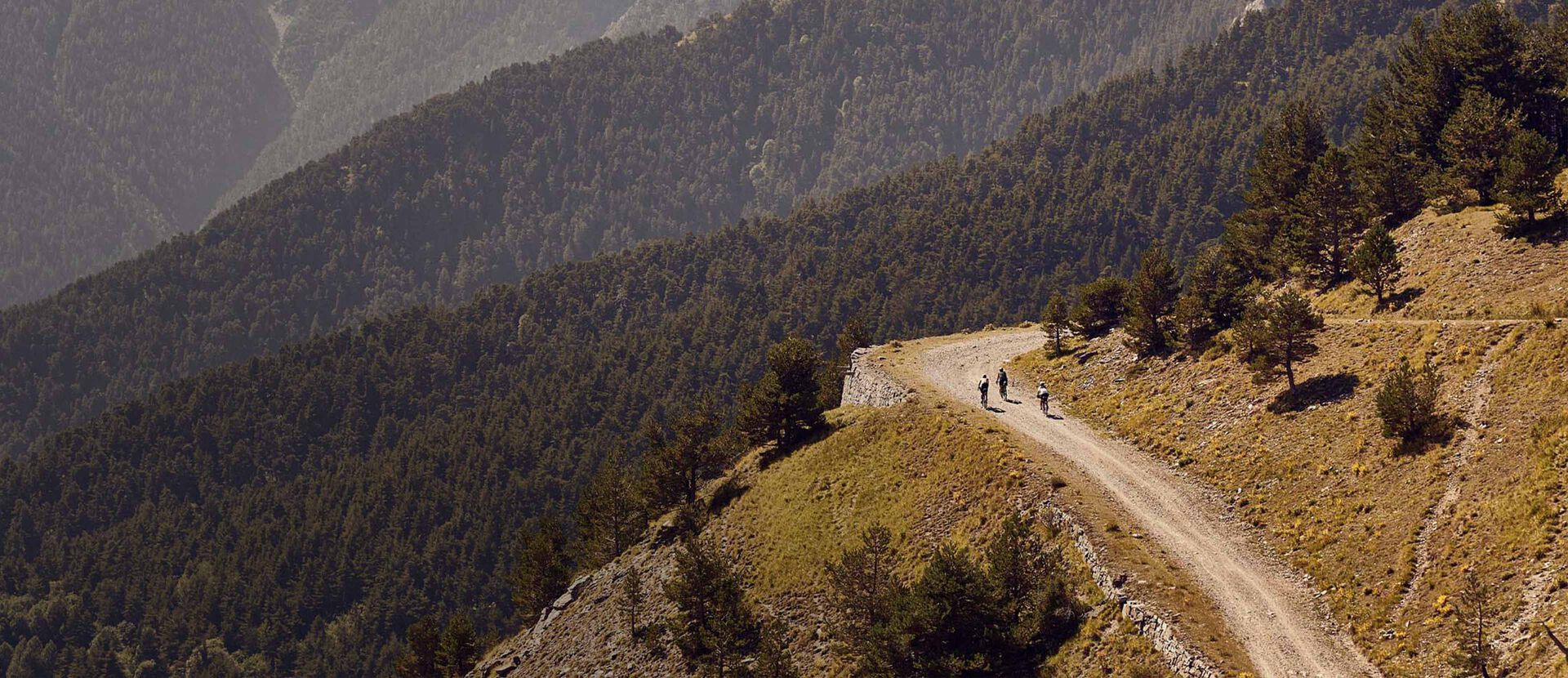
Gravel Bikes
gravel bikes cover road-bike distances off-road.
-
Sale
- Colour: Sencha
- Colour: Darjeeling
-
- Colour: Darjeeling
- Colour: Affogato
Shimano GRX RX820, DT Swiss Gravel LNFree Ground Shipping$1,999 -
- Colour: Dried Tomato
- Colour: Roasted Olive
SRAM Apex XPLR AXS, DT Swiss Gravel LNFree Ground Shipping$2,799Financing available for this product -
- Colour: Sencha
- Colour: Darjeeling
Shimano GRX RD-RX400, DT Swiss Gravel LNFree Ground Shipping$1,699Original price$1,799You save $100 -
As low as 0% APR financing with Affirm
-
- Colour: New Moon Stealth
Performance Line Sprint, SRAM Force XPLR AXS, 12-speedFree Ground Shipping$5,999Financing available for this product -
- Colour: Light Cream
- Colour: Stone Grind
- Colour: Quicksand
SRAM Rival XPLR eTap AXS, DT Swiss Gravel LNFree Ground Shipping$3,599Financing available for this product -
- Colour: Grellow
- Colour: New Moon Stealth
Performance Line Sprint, Shimano GRX RX812 GSFree Ground Shipping$4,999Financing available for this product -
- Colour: Roasted Olive
Shimano GRX RX822 12s, DT Swiss G1800 SplineFree Ground Shipping$2,699Original price$2,899You save $200Financing available for this product -
- Colour: Sand Grain
- Colour: Metal Grind
SRAM Force XPLR AXS, 12-speed, Zipp 303 Firecrest HooklessFree Ground Shipping$5,599Financing available for this product -
- Colour: Flat White
Shimano RD-RX815, DT Swiss GRC1400 Spline dbFree Ground Shipping$4,699Original price$5,499You save $800Financing available for this product -
$7,499Financing available for this product
-
- Colour: Light Cream
- Colour: Stone Grind
Shimano GRX RX820, DT Swiss Gravel LNFree Ground Shipping$2,799Financing available for this product -
- Colour: Matcha Splash
Shimano GRX RX812 GS, DT Swiss GRC 1600 SplineFree Ground Shipping$3,099Original price$4,099You save $1,000Financing available for this product -
$2,999Financing available for this product
-
- Colour: Blueberry Skins
SRAM Force XPLR eTap AXS, Reynolds ATRFree Ground Shipping$4,699Original price$5,499You save $800Financing available for this product -
- Colour: Hazy IPA
- Colour: Earl Grey
SRAM Rival 1 SGS, DT Swiss Gravel LNFree Ground Shipping$1,899Original price$2,499You save $600 -
- Colour: Metal Grind
- Colour: Rock Bliss
Shimano GRX Di2 RD-RX825, Reynolds ATR700Free Ground Shipping$4,599Original price$5,099You save $500Financing available for this product
Related Categories
What is a gravel bike?
A gravel bike allows you to ride on paved roads and dirt tracks. At first glance, the bike looks like a road bike. However, its wide tyres, frame geometry and components are adapted to gravel roads and forest paths. The Gravel Bike offers more comfort than a cyclocross bike and is almost as agile as a road bike. This makes it suitable for extended bikepacking adventures or weekend rides.
The advantages of a gravel bike
There are so many advantages to gravel bikes, so we’ll discuss just a few. As a cross between a road bike, mountain bike and cyclocross bike, gravel bikes are incredibly capable across rough terrain and smooth roads.
How is a gravel bike different from a road bike?
There are many similarities between a road bike and a gravel bike such as the shape of the frame and drop bars. Unlike a road bike, you are not bound to roads or paved cycle paths. Gravel bikes are some kind of adventure road bike. See a bridleway? Find out where it leads to. Like the look of that forest path? Go on - gravel adventure awaits!
Depending on the accessories, the Gravel Bike can be used as an everyday bike or for specific cycling trips. You can mount custom-fit mudguards at the mounting points to protect you from splashing water and dirt. The frame geometry of Gravel Bikes is more versatile than our competition-orientated cyclocross bikes ensuring a comfortable ride.
Are gravel bikes similar to mountain bikes?
Like mountain bikes, gravel bikes also feature wide, comfortable tyres, high-quality hydraulic disc brakes and a good range of gears for all terrain. Combined with a more upright riding position, you’ll have maximum control and stability off-road while maintaining speed on the tarmac.
Maximum power with an e-gravel bike
An e-gravel bike allows you to ride longer distances and faster speeds with less effort. Gravel bikes with electric motors offer you a dynamic riding experience and powerful support on demanding terrain.
Gravel bikes from Canyon
Canyon offers you an excellent selection of gravel bikes. The aluminium or carbon bikes have high-quality components. The groupsets are available in mechanical or electronic versions. On our Grizl, you have the option of a suspension fork.
The Canyon Grail is available with the innovative double-decker handlebar that dampens vibrations. With off-road bikes you’re safe with disc brakes. Our Grizl vs. Grail article outlines the pros and cons of both bikes so you can find the perfect gravel grinder for you.
What kind of terrain is good for Gravel Bikes?
All-Road: For fast rides on the road and on easy forest tracks. Treat yourself to an off-road excursion on your after-work ride.
Fine gravel: Low weight, optimal aerodynamics and treaded tyres. Get playful on some more exciting gravel tracks.
Coarse gravel: No challenge is too big. Conquer tracks that are considered unrideable. Explore forest and wilderness without sacrificing speed.
Bikepacking: Enjoy your freedom on extended multi-day rides. You, your bike and your bags without a care in the world. Discover our Gravel Bikes
Buy Gravel Bikes online
We offer you outstanding value for money when you buy online. Use the Perfect Positioning System (PPS) to find the right size for your frame. What sets Canyon apart is that you can buy bike online and it arrives at your doorstep nearly ready to ride. Our bikes come 95% pre-assembled. Guarantee and customer-friendly return conditions as well as flexible payment options round off the online purchase.
